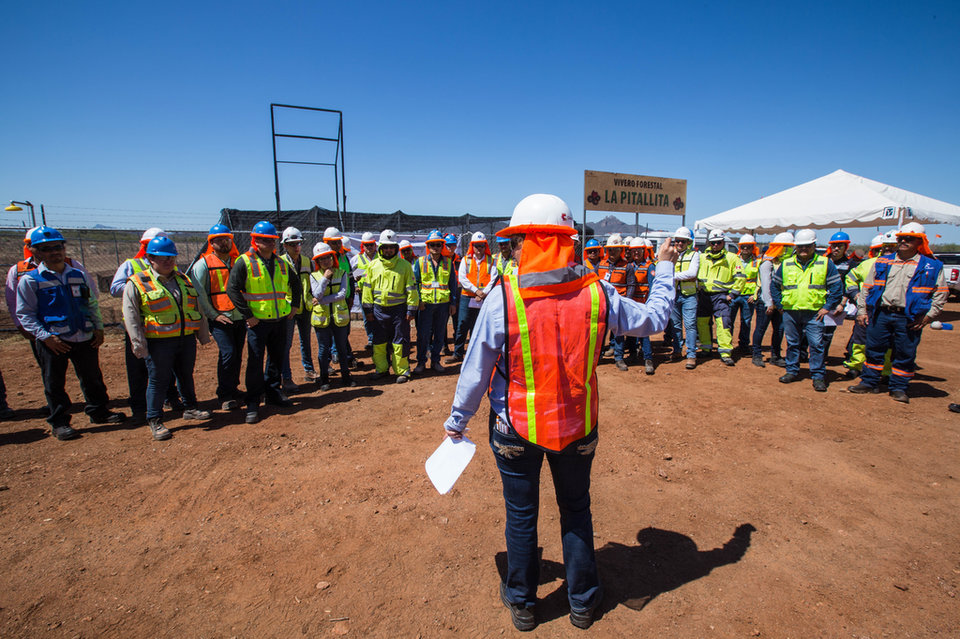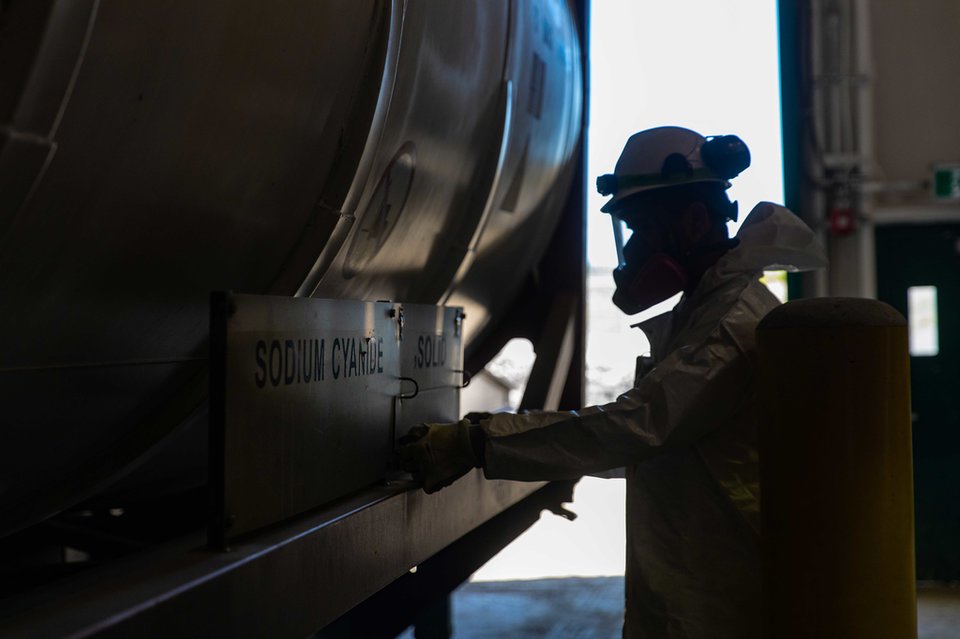Most of us are well aware of cyanide’s reputation as a human toxin, but that reputation tends to shadow many of the chemical’s favorable attributes. For starters, cyanide is a naturally occurring substance found in more than 1,000 plant species, including clover, lima beans and peaches. In trace amounts, it is a byproduct of human metabolism.
Cyanide is also an essential industrial material with a long history. Sodium cyanide—a solid, stable and easily transportable form of cyanide—has been used in precious metals mining for well over a century. Through a leaching process called “cyanidation,” sodium cyanide is used to dissolve gold and silver from low-yield ores, separating them from other, less-desirable minerals. Today sodium cyanide is used in roughly 90 percent of gold-mining operations worldwide.
Cyanide Versus ‘Alternatives’
Compared to other chemicals often billed as “cyanide alternatives,” sodium cyanide has a number of distinct advantages. For one, it does not accumulate in human tissue, so repeated exposure to low concentrations does not appear to cause acute toxicity. After use, sodium cyanide can be remediated with any of several well-established methods for oxidizing the molecule. At certain concentrations, it will even decompose naturally with exposure to air and sunlight. And, after more than a century of use and process refinement, its properties and mechanism are well understood.
Chlorine and bromine are two chemicals that serve as the foundation for “cyanide alternative” techniques. But these techniques utilize chemical compounds that are much less stable than cyanide, so they require more precise process controls. Moreover, they are not as effective at leaching the complex ores that are becoming more and more prevalent.
Chlorine comes with its own risks of acute toxicity and the formation of environmentally hazardous byproducts, while bromine has another significant downside: it is a bio-accumulant, meaning that it remains in the environment and can build up as a toxin in living organisms. Reagent destruction and remediation costs are important considerations when comparing leaching processes.
To be sure, sodium cyanide does pose significant health risks. It is a potent toxin and can be fatal if it comes into direct contact with the body in appreciable amounts. However, as with many industrial materials, most of sodium cyanide’s potential hazards can be avoided through proper handling, including the use of appropriate protective garments. In a well-designed and well-run mining operation, exposure should be a non-issue.
With sufficient care, sodium cyanide represents the best tool mining operations have to carry out their work. In fact, in 2010 the European Union’s commission for environmental protection concluded that cyanide is the most environmentally friendly and cost-effective way to remove gold from rock.
With sufficient care, sodium cyanide represents the best tool mining operations have to carry out their work

A Chemours product steward conducts a cyanide training course for mine operators in Mexico.
As one of the developers of the Cyanide Code and an early adopter of the standard, Chemours works to ensure that the mines we serve have the proper equipment, environmental protections and emergency plans in place
Putting Safety First
Developed under the guidance of the United Nations Environment Programme (UNEP), the "International Cyanide Management Code for the Manufacture, Transport, and Use of Cyanide In the Production of Gold" (“Cyanide Code”) is a voluntary industry standard that encourages the responsible, environmentally sensitive use of cyanide in gold and silver mining operations.
Companies that adopt the Cyanide Code agree to receive routine audits by independent third parties to confirm their compliance with the standard. Operations that meet the code requirements are eligible for certification.
As one of the developers of the Cyanide Code and an early adopter of the standard, Chemours works to ensure that the mines we serve have the proper equipment, environmental protections and emergency plans in place. We offer a suite of training programs to our customers and help mines become certified under the Cyanide Code. Chemours also maintains a team of Product Stewards who can be deployed to the field to advise our customers on best practices for the safe handling and use of sodium cyanide.
Sodium cyanide is a well-understood industrial product that today is used in the majority of gold production around the world. Though its use involves certain potential hazards, when safety best practices are followed, it remains the most environmentally friendly and cost-effective way to produce gold.
About Chemours Mining Solutions
Chemours Mining Solutions offers a reliable supply of solid sodium cyanide, innovative packaging solutions and a steadfast commitment to safety. From manufacture and delivery to on-site management, our employees and systems are focused on one thing: our customers’ success.
A Chemours truck delivers sodium cyanide to a mining operation. Stable and easily transportable, sodium cyanide is an essential part of modern gold mining.

Using our supplier contacts, we were able to find what the client needed, saving them thousands of dollars on downtime.